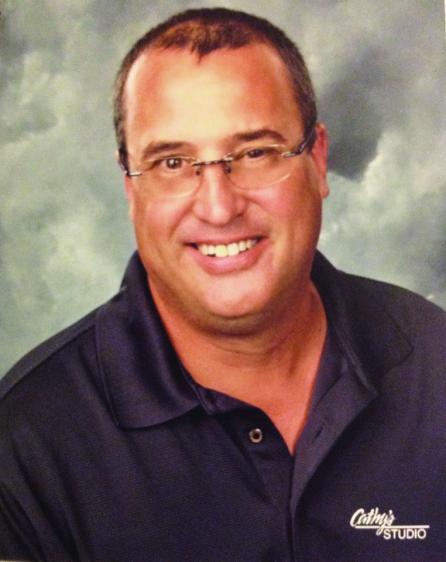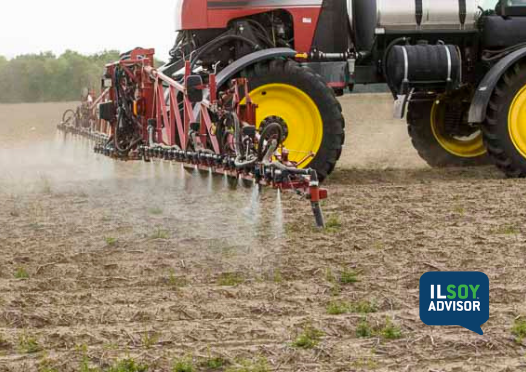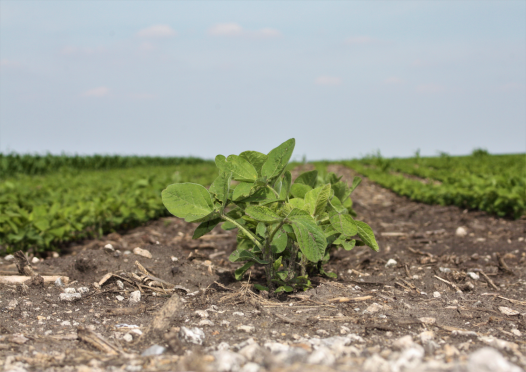ILSOYADVISOR POST
Agronomy: “Old Weeds” are the New Problem
As soybean harvest progressed this fall many farmers noted and commented on the job their herbicide program did on waterhemp. This year it was really apparent on what worked and what didn’t. In many cases it wasn’t so much what was used but when it was applied in relationship to rain events. Needless to say we had fields that were clean right next to fields that were thick with weeds.
Many have noted that using glyphosate products had little effect on controlling waterhemp in many locations the past few years. This is due to several factors this year. Weed size when it was applied, environmental conditions at or after application and the growing population of tolerant weeds are among the top reasons for lack of control. This lack of control has had farmers looking at alternatives to glyphosate.
This year farmers planted several acres of glufosinate (Liberty) resistant soybeans to change up mode of action in some of these waterhemp challenged fields. The results in season were very apparent in many situations with clean fields that were void of waterhemp. However as the beans dropped their leaves and harvest progressed many famers commented on “old weeds” still being seen in many of these fields.
Common cocklebur, shattercane, fall panicum and Jimsonweed were common in some areas in these soybean fields. These were weeds that growers expected to be controlled with glyphosate. How many years has it been since you have seen Jimsonweed in a field? It’s been a long time. One young farmer called and asked me to come identify this weed in his bean field. He has never seen it in crop fields. I had more than one farmer tell me they were waiting for a frost to kill fall panicum before they harvested some soybean fields.
The point is when we change the major mode of action, or change the herbicide resistance strategy we plan on at planting. We still need to consider the layering of residual herbicides to combat these old weeds we had forgot about. Just because you haven’t seen them in years doesn’t mean the seed isn’t viable in the seed bank.
Don’t let old weeds become a new problem as you consider your seed selections and herbicide programs for 2016.





Comments
Add new comment